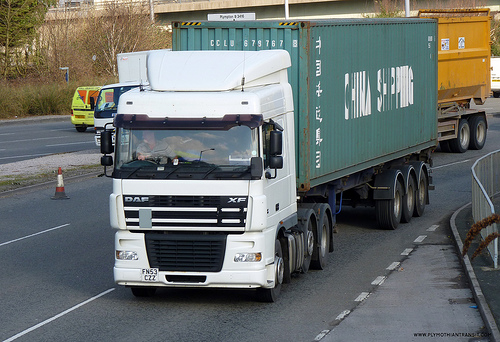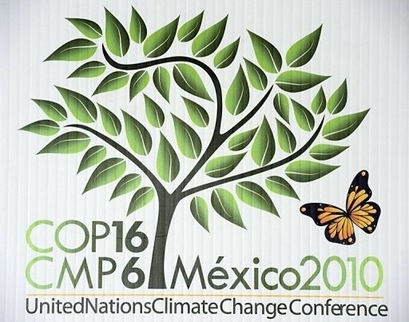(Source: Autobloggreen, Netherlands Environmental Assessment Agency, Guardian, UK)
- Financial crisis, pricey oil halve rise in CO2 emissions
- Developing nations now emit more than industrialised world

Image Courtesy: Netherlands Environmental Assessment Agency (PBL)
High oil prices and the impact of a global recession halved yearly rises in global greenhouse gases from burning fossil fuels in 2008, the first evidence of an impact from the financial crisis, a study said on Thursday.
Also for the first time, the share of global carbon emissions from developing countries was higher than from industrialised nations, at 50.3 percent. China recently overtook the United States as the world’s top carbon emitter.
The good news comes to us via a study by the Netherlands Environmental Assessment Agency (PBL) which points out that the use of biofuels and an increase in the use of renewables has helped achieve the encouraging result. It’s also worth noting that America actually reduced emissions by 3 percent and that the continuing increases are mostly occurring in developing countries. One final positive worth underlining is that 2008 was the first year investment in renewables was greater than investments in fossil-fuelled technologies.
Thursday’s data showed that global carbon dioxide emissions from burning fossil fuels and from cement production reached 31.6 billion tonnes in 2008, up 40 percent from 1990 levels and a doubling since 1970. Scientists say that annual increases in global greenhouse gas emissions must level off and start to fall by 2015-2020 to avoid the worst effects of climate change.
Emissions increased by 1.7 percent in 2008 compared with 3.3 percent in 2007. Since 2002, the average annual increase was almost 4 percent, the study said.
Click here to read the results of the entire PBL study. Below is an interesting exceprt from the report.
Trends in USA, European Union, China, Russia and India
In total, CO2 emissions of the USA and the European Union decreased by about 3% and 1.5% in 2008, Although China’s emissions showed an increase of 6%, this is the lowest increase since 2001. Cement production in China showed a similar pattern, with a 2.5% increase in 2008, a drop from 9.5% in 2007. The declining increase of China’s emissions fits in the trend since 2004, when its emissions increased by 17%. Smaller contributions to increasing global emissions were made by India and Russia, which emissions increased by 7% and 2%, respectively.
Since 1990, CO2 emissions per person of China have increased from 2 to 5.5 tonne of CO2 per capita and decreased from 9 to 8.5 for the EU-15 and from 19.5 to 18.5 for the USA. These changes reflect the large economic development of China, structural changes in national and global economies and the impact of climate and energy policies.
It can be observed that due to its fast economic development, per capita emissions of China quickly approaches levels that are common within the industrialised countries of the Annex I group under the Kyoto Protocol. Among the largest countries, other countries that show fast increasing per capita emissions are South Korea, Iran and Australia. On the other hand per capita emissions of the EU-15 and the USA are gradually decreasing over time. Those of Russia and Ukraine have decreased fast since 1990, although the emissions in 1990 and therefore the trend are rather uncertain due to the dissolution of the former Soviet Union in the early 1990s.



















 In an interview with ACE, a leading automotive club representing the interests of 550.000 Germans, the Environment Minister Sigmar Gabriel has taken a clear stance in favour of CO2 in the currently hotly debated question of which refrigerant to choose for future car air conditioning systems:
In an interview with ACE, a leading automotive club representing the interests of 550.000 Germans, the Environment Minister Sigmar Gabriel has taken a clear stance in favour of CO2 in the currently hotly debated question of which refrigerant to choose for future car air conditioning systems: